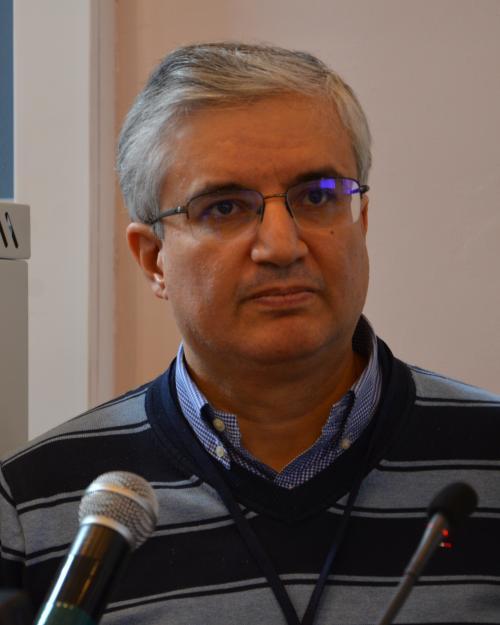
A light in digital darkness: Optical wireless communications for connecting the unconnected
Presentation Menu
Despite the ubiquitous digital connectivity that we experience all around us, it is a fact that almost half of the population of the world is still “offline” due to the lack of a robust Internet and communications infrastructure in many places on the globe. The reason why such digitally dark spots still exist in the world is mainly two-folds. For one, economically backward or thinly scattered populations are not viable for relatively larger investments in communications infrastructure. Secondly, a hostile geography/terrain raises the cost of installing optical fibers and other equipment. Thus, its no wonder that many big Internet giants such as Amazon, Facebook, and SpaceX, have attempted to reach the hitherto “digitally inaccessible” regions by providing connectivity through satellites or high altitude platforms (HAPs). A constellation of satellites/HAPs provides a more cost-effective and reliable alternative to the deployment of optical fiber and related equipment in such locations of the world. Because of the large chunks of relatively unlicensed bandwidth available in the optical spectrum, there is a great opportunity to use lasers for ground gateway station-satellite/HAPs, and inter-satellite or inter-HAP communications, a communications model known as the free-space optics (FSO). Towards that end, this talk examines the FSO communications from the perspective of satellite and HAP communications. In this regard, some new pointing, acquisition and tracking aspects are presented. Furthermore, this talk goes also through the adaptive optics and relaying schemes that are needed to deal with atmospheric turbulence which affects such kind of networks.
